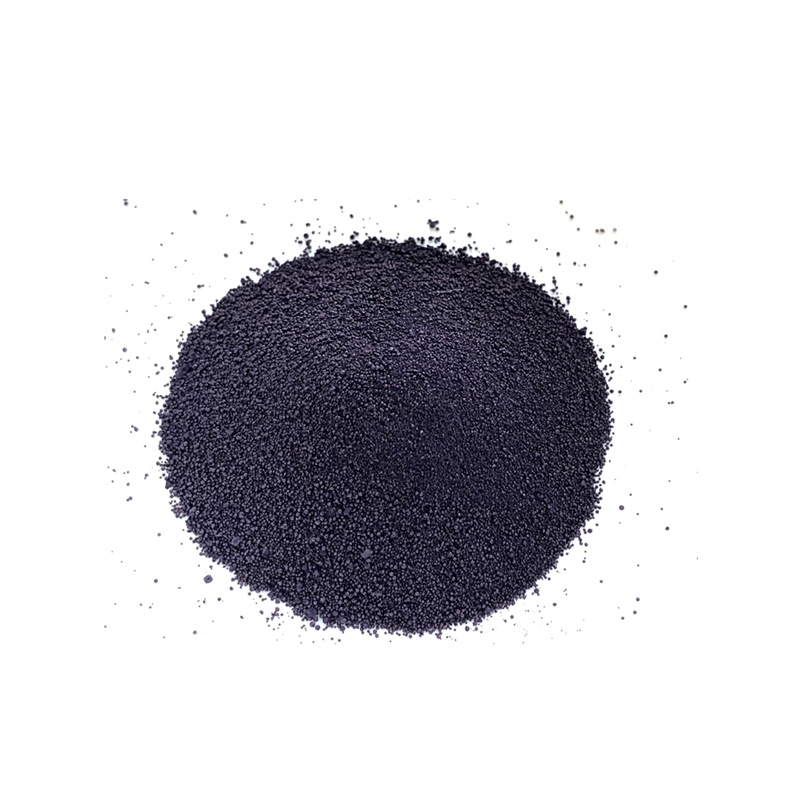Synthetic Indigo Products - High-Quality and Eco-Friendly Dye Solutions
The Rise of Synthetic Indigo Products A Revolution in Dyeing Industry
In recent years, synthetic indigo products have gained remarkable traction in the textile and dyeing industries, marking a significant shift from traditional natural indigo sources
. This transformation is not merely a trend but a response to the challenges posed by the environmental impact of natural indigo farming and the growing demand for sustainable practices in manufacturing.Synthetic indigo is predominantly produced using chemical processes that mimic the natural indigo molecule. This synthetic alternative has effectively solved several issues associated with natural indigo production, including high costs, labor-intensive farming, and fluctuations in supply due to climatic conditions. As a result, synthetic indigo offers a more reliable and economically viable option for manufacturers around the globe.
One of the primary advantages of synthetic indigo is its efficiency in dyeing fabrics. The synthetic version is not only cheaper, but it can also be produced in a more consistent quality compared to natural indigo, which can vary based on the growing conditions. This consistency is crucial for large-scale textile operations that need to ensure uniformity across their products. Additionally, synthetic indigo can be produced in large quantities, thus meeting the increasing demands of the fashion industry without the delays associated with natural indigo cultivation.
Another significant benefit of synthetic indigo is its contribution to sustainable practices. Traditional indigo farming can have a detrimental impact on the environment, often requiring large amounts of water and land. In contrast, synthetic indigo production uses fewer resources and can be conducted in a more environmentally friendly manner. Some manufacturers are even exploring processes that utilize waste products or renewable energy sources for indigo synthesis, further reducing the ecological footprint of dyeing operations.
synthetic indigo products

Moreover, the advent of synthetic indigo has opened doors to innovation in dyeing techniques. The versatility of synthetic indigo enables manufacturers to create a wider range of shades and effects that may not be achievable with natural indigo. This has led to creative breakthroughs in textile design, allowing fashion designers to experiment with different hues and patterns without the limitations imposed by traditional dyeing methods.
Despite these advantages, the shift towards synthetic indigo is not without its challenges. Some consumers and brands still prefer the authenticity of natural indigo, which is often associated with artisanal craftsmanship and heritage. The story behind natural indigo cultivation and its historical significance cannot be overlooked, leading to an ongoing debate about authenticity versus sustainability in the textile industry.
Furthermore, there are concerns regarding the potential environmental impact of the chemical processes involved in synthetic indigo production. While advancements are being made to mitigate these effects, ongoing scrutiny and regulation will be essential to ensure that synthetic indigo is produced responsibly.
In conclusion, synthetic indigo products are reshaping the dyeing industry, offering a balance between efficiency, cost-effectiveness, and sustainability. As the fashion and textile industries continue to evolve, the adoption of synthetic indigo will likely play a pivotal role in addressing environmental concerns while meeting consumer demands. The future of dyeing is not just about color; it’s about innovation, responsibility, and the harmonious blend of tradition and technology.
-
The Timeless Art of Denim Indigo Dye
NewsJul.01,2025
-
The Rise of Sulfur Dyed Denim
NewsJul.01,2025
-
The Rich Revival of the Best Indigo Dye
NewsJul.01,2025
-
The Enduring Strength of Sulphur Black
NewsJul.01,2025
-
The Ancient Art of Chinese Indigo Dye
NewsJul.01,2025
-
Industry Power of Indigo
NewsJul.01,2025
-
Black Sulfur is Leading the Next Wave
NewsJul.01,2025

Sulphur Black
1.Name: sulphur black; Sulfur Black; Sulphur Black 1;
2.Structure formula:
3.Molecule formula: C6H4N2O5
4.CAS No.: 1326-82-5
5.HS code: 32041911
6.Product specification:Appearance:black phosphorus flakes; black liquid

Bromo Indigo; Vat Bromo-Indigo; C.I.Vat Blue 5
1.Name: Bromo indigo; Vat bromo-indigo; C.I.Vat blue 5;
2.Structure formula:
3.Molecule formula: C16H6Br4N2O2
4.CAS No.: 2475-31-2
5.HS code: 3204151000 6.Major usage and instruction: Be mainly used to dye cotton fabrics.

Indigo Blue Vat Blue
1.Name: indigo blue,vat blue 1,
2.Structure formula:
3.Molecule formula: C16H10N2O2
4.. CAS No.: 482-89-3
5.Molecule weight: 262.62
6.HS code: 3204151000
7.Major usage and instruction: Be mainly used to dye cotton fabrics.

